National Park DefinitionNature is precious to all of us. However, it is either getting neglected or decimated by us humans. Fortunately, the governments of different nations have taken action to conserve flora and fauna around the world by constructing national parks, wildlife centuries, and botanical gardens. These national parks are reserved for specific species, and tourists from all over the world can visit these parks and witness the amazingness of nature without disturbing these species. 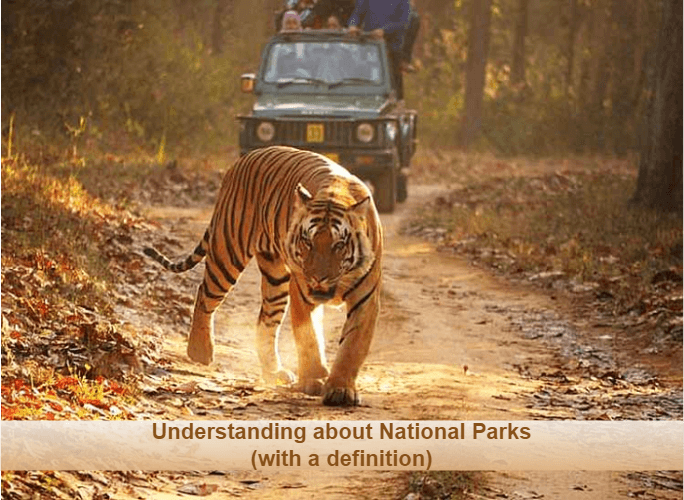
Defining National Park: Brief IntroductionThe national government chooses or assigns an area for the protection of the natural environment and its species which is known as a national park. These areas are usually set aside for public entertainment or developing historical significance and scientific importance. In the national park, the landscapes, along with the plants and animals, are all protected, and their natural state is maintained by the government. The government is more focused on protecting wildlife and plants in Canada and the United States. In contrast, the government of the United Kingdom prioritizes the protection of plants and soil in national parks. In Africa, the government tends to conserve animals in national parks. Countries such as Brazil, Australia, Japan, and India have large portions of land reserved for establishing national parks. It was a generally agreed notion that a park or reserve, especially one owned by the state, should be used to maintain the natural characteristics of a forest, along with specific flora and fauna. It first came into existence in the United States in the 1870s. The name of this park is Yellowstone National Park, and it is located in Wyoming. Former U.S. President Ulysses S. Grant signed regulations for its construction in 1872. Alternatively, some naturalists discovered evidence suggesting that the Bogd Khan Uul National Park in Mongolia, which may date back to 1778, was built even before Yellowstone National Park. Features/ Characteristics of National ParksThere are certain characteristics of national parks that separate them from wildlife sanctuaries and biosphere reserves. There are more rules that are required to be followed so that the conservation of flora, fauna, or any other article of geographical or historical importance can be ensured. Some notable features or characteristics include the following:
Significance of National Parks
Some Species of Endangered Animals in National ParksEvery year on 20th May, Endangered Species Day is observed across the world. If the average number of extinctions per day is observed, approximately 55,000-75,000 species of plants and animals become extinct every year. National parks worldwide are working on creating a secure environment for the survival of endemic species. Several endangered species that are preserved by National Parks are discussed below: Cape Sable Sea Sparrow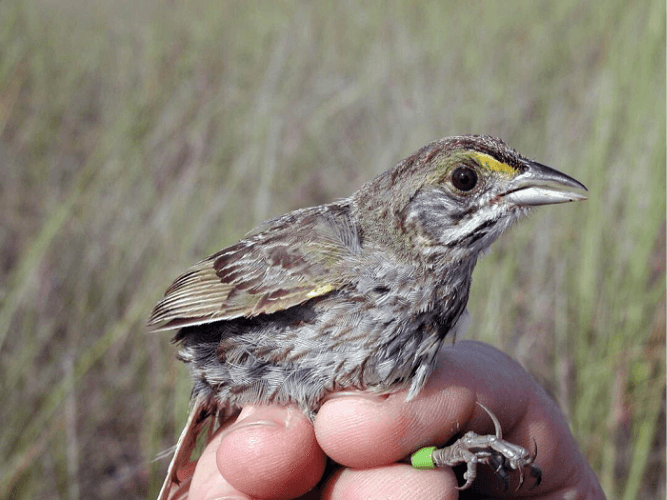
Also known by the name of Goldilocks sparrow, this bird species is only found in Everglades National Park, Florida, and Big Cypress National Preserve. Cape Sable mostly lives in areas that are flooded or burned now and then. This species of bird is known to be marked under the Endangered Species Act since 1930 due to the extreme changes in the surroundings of Everglades National Park. Desert Pupfish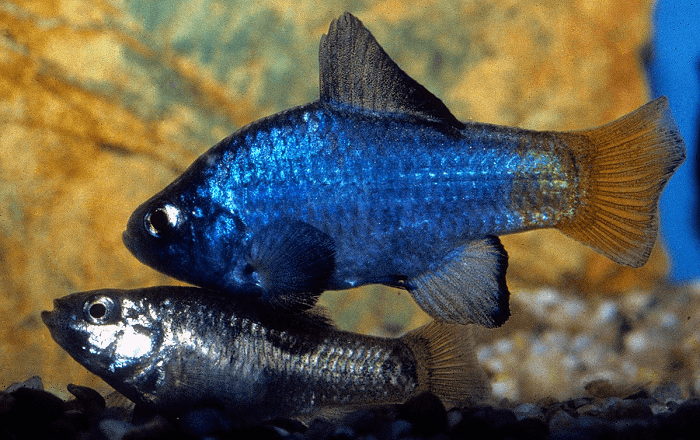
The desert pupfish can survive only three years at maximum. These species are found in Death Valley National Park. This national park is known to be located in the aridest and most tropical areas of North America. It is the largest national park in Alaska. The desert pupfish can sustain in the water temperature, i.e., higher than 108?F and lower oxygen levels than 0.1ppm. However, due to the exploitation of exotic species and dispersal in their natural habitat, the desert pufferfish is classified as endangered. Grizzly Bears and Brown Bears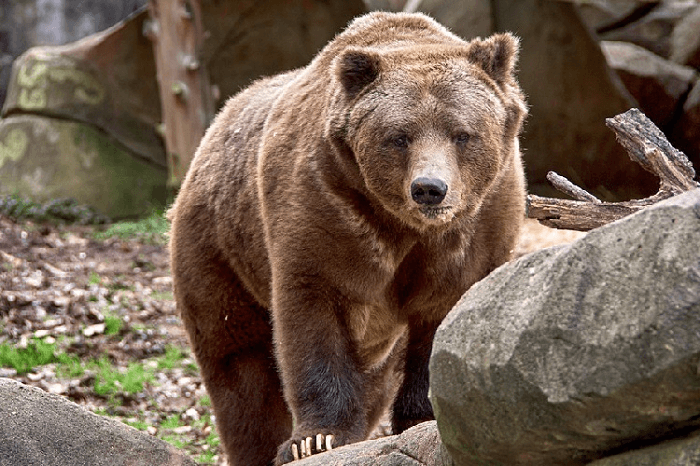
In the United States, Grizzly bears are classified as endangered species in 48 states. They are currently protected in Yellowstone National Park. The primary reasons for the decrease in the number of grizzly bears are habitat loss and human-caused deaths. According to IUCN, around 500-700 brown bears exist in India, and Himalayan brown bears are designated as endangered species. In India, Himalayan Brown Bears are found in Great Himalayan National Park, Himachal Pradesh. Javan Rhinoceros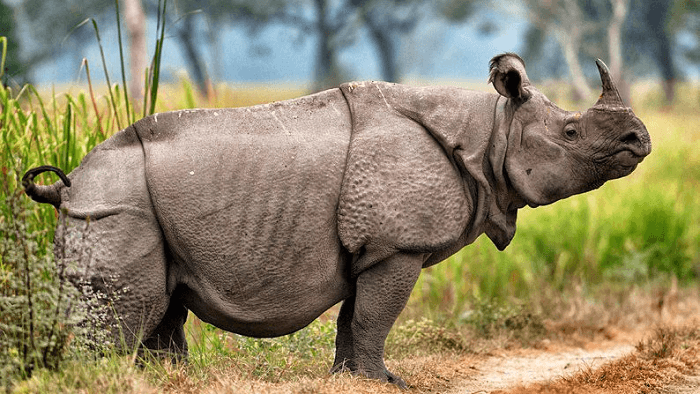
Around 76 Javan rhinos exist around the world. It is one of the most critically endangered rhino species that is confronted with the risk of extinction. There is only one location where these species can survive, i.e., Ujung Kulon National Park. It is situated on the western end of Java, Indonesia. The primary reason for the extinction of these rhinos is poaching for their horns and loss of habitat. Horns of rhinos are used to make medicines and sold illegally at a high price in many countries to be kept as home decorations. Therefore, we should be careful with whatever we buy and think twice about the wild animals that are suffering due to our exploitation. Increasing climate change, invasion by other species, loss of habitat, and exploitation of the ecosystem are the reasons for the extinction of these species. We can still control the extinction of these species by keeping our environment clean and keeping our distance from wild animals whenever we go for tours in national parks. Problems in National ParksNational parks are viewed as safe havens for wild animals and plants. However, there are still some factors that can adversely affect them. Some of these factors are given below: 1. Maintenance Services in National ParkIn national parks, the work is organized for forest workers, and the government needs to provide funds for its management. However, the management may sometimes get hampered due to various reasons like limited funding, shortage of staff, increase/decrease in the number of tourists, etc. In particular, the background reasons or issues can still be resolved if a substantial amount of funding is contributed by the authorities. 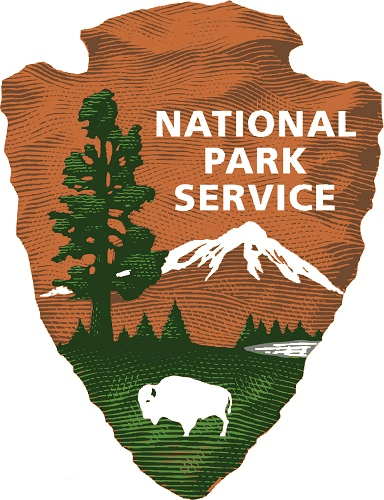
2. External DangersSome human development projects such as suburban sprawl, road construction, and industrial ventures affect national parks even though these events take place far away from the park borders. For example, the government of Florida (USA) has been unable to restore the coral reef ecosystem in Biscayne National Park. Environmental groups in charge of overseeing fisheries in parks in Florida had to create no-take rules. As a result, the Fish and Wildlife Commission submitted a proposal to prohibit certain specific actions. 3. PollutionThe flora and fauna of national parks get badly affected by exhaust produced by automobiles, methane gas emitted by energy development companies, fumes reduced from the chimneys, and even dust drifting from the traffic and so on. For example- in the Rocky Mountain National Park, heightened nitrogen levels are observed. Due to the rise in nitrogen disposition, changes in soils and vegetation have occurred. 4. Invasive SpeciesThe invasive plant species known as Lantana Camara is generally found in the National parks of India. It is discovered through research in Kanha Tiger Reserve that these invasive or destructive plant species can cause a critical decline in the population of herbivores which can have a big impact on the food chain. Therefore, measures to control the growth of invasive plants and animals must be taken to protect the animal and plant species in national parks. Restrictions in National ParksThere are some restrictions in national parts for environmental protection, and tourists and the general public are required to follow them. Some of them are listed below: 1. No/ Limited Human ActivitiesIn wildlife sanctuaries, human activities can take place to a certain extent. In contrast to them, government authorities do not allow any human commotion in national parks. In other words, activities such as farming, fishing, hunting of wild animals, etc., are strictly prohibited in national parks and considered punishable offenses. 2. Grazing of Livestock is Not PermittedThe government authorities of India (and many other countries) do not permit the grazing of any livestock inside the national park. It is because overgrazing by domestic animals can damage the roots of herbs and grass. This hampers the regeneration of grass in national parks, and that particular area might turn into dry land. 3. No Person should Destroy or Exploit the Natural Habitat of Wildlife AnimalsUnder no circumstances should people harm any animal or their natural surroundings, as the national parks are particularly constructed to protect endangered species of plants and animals. Popular National Parks in IndiaIndia is known for its wide variety of flora and fauna. The Indomalayan realm is said to be one of the eight biogeographical ecozones in the world. In this Indomalayan realm, there are approximately 7.6% mammals, 12.6% birds, 6.2% reptiles, and 6% flowering plant species. Regions like Shola forests present a high amount of endemism, and these endemic species may also be found in many other eco-regions. The tropical rainforests, Western Ghats, Northeast India, and coniferous forests in the Himalayas are some regions that are rich in wildlife and plants. There are over 100 National parks located in India that are internationally recognized. These are located around India in various biomes of the country. National parks are recognized as the second category of environment conservation areas by the International Union of Conservation of Nature. National Parks are the safe haven for wildlife away from civilization where the public cannot harm animals. The first National Park constructed in India was the Hailey National Park in 1936. In the 1950s, its name was changed to Ramganga. After India's independence, it was renamed to Jim Corbett National Park,, after Jim Corbett, a prominent Indian-origin British author and sportsman. It is situated in the Nainital district at the top of the Himalayas in Uttarakhand state. It is well known for its tiger population. Some of the National Parks that are present in India are listed below: 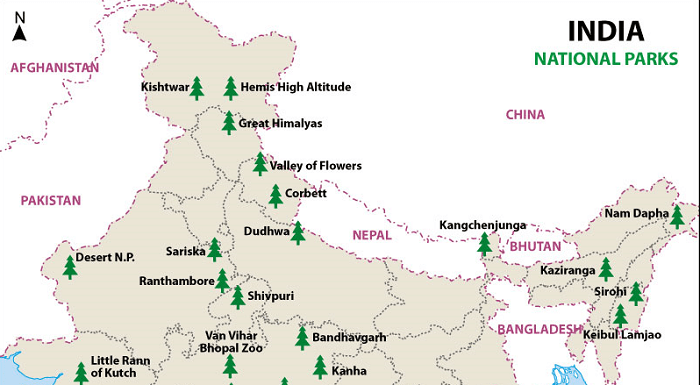
Interesting Facts Related to National Parks in IndiaGiven below are some interesting facts based on the National Parks in India:
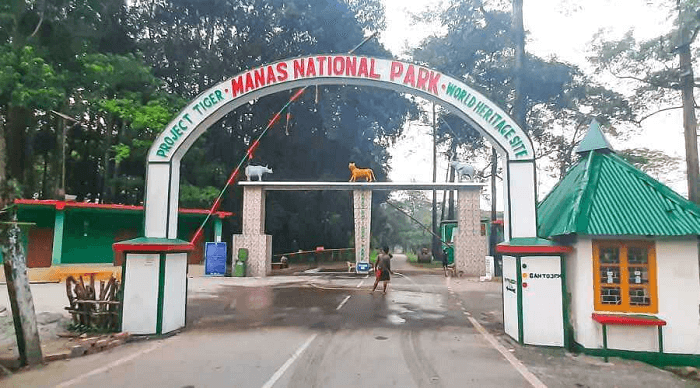
Next TopicSalt Definition
|
 For Videos Join Our Youtube Channel: Join Now
For Videos Join Our Youtube Channel: Join Now
Feedback
- Send your Feedback to [email protected]
Help Others, Please Share










